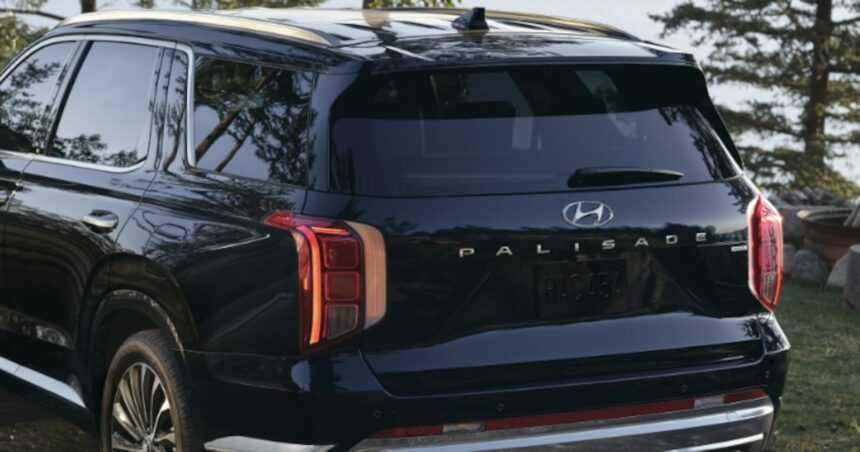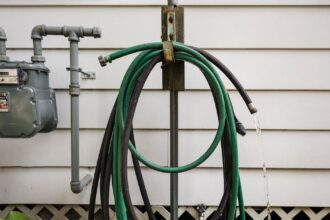In a significant safety move that underscores the automotive industry’s ongoing quality control challenges, Hyundai Canada has issued an urgent recall affecting approximately 44,000 vehicles across the country. The recall centers on a potentially dangerous seatbelt pretensioner issue that could compromise passenger safety during collisions—a development that has sent ripples through Canada’s automotive market.
The recall specifically targets several popular Hyundai models manufactured between 2020 and 2023, including the Elantra, Santa Fe, and Tucson. According to documents filed with Transport Canada, the affected vehicles contain a critical defect in the seatbelt pretensioner mechanism—the system designed to rapidly tighten seatbelts during impact to secure passengers.
“The integrity of restraint systems represents our first line of defense in collision scenarios,” said Michael Richards, Hyundai Canada’s Director of Safety Compliance, in a statement released yesterday. “Our internal testing identified inconsistencies in pretensioner deployment that simply don’t meet our rigorous safety standards.”
The technical issue involves the potential for the pretensioner to malfunction during a crash, either failing to activate properly or deploying with insufficient force. Transport Canada’s assessment categorizes this as a “high-risk safety defect” that could significantly increase the likelihood of injury during moderate to severe accidents.
Hyundai’s decision comes amid heightened regulatory scrutiny across North America’s automotive sector. This recall follows a similar action in the United States, where the National Highway Traffic Safety Administration mandated corrective measures for nearly 390,000 vehicles exhibiting identical defects.
For Canadian vehicle owners, the recall process will commence immediately. Hyundai Canada has established a dedicated response team to manage the logistical challenges of servicing such a large number of affected vehicles. The company has begun contacting registered owners by mail, with priority notifications being sent to regions with the highest concentration of affected vehicles.
“We’re deploying additional technical staff and extending service hours at dealerships nationwide,” explained Sarah Mortensen, Hyundai’s Canadian Customer Experience Director. “Vehicle owners will receive complimentary inspection and any necessary repairs to ensure their restraint systems meet all safety specifications.”
Industry analysts note this recall represents one of the largest safety campaigns in Canada’s automotive market this year. The timing is particularly challenging for Hyundai, which has been working to strengthen its reputation for reliability and safety innovation in an increasingly competitive market.
“While recalls of this magnitude certainly present short-term challenges, Hyundai’s proactive approach demonstrates appropriate prioritization of consumer safety,” observed Robert Karwacki, senior automotive analyst at Canadian Market Research Group. “The true measure will be in the efficiency of their execution and transparency throughout the process.”
Vehicle owners can verify if their Hyundai is affected by entering their Vehicle Identification Number (VIN) on Hyundai Canada’s official website or by contacting their local dealership directly. The company estimates the inspection and repair process will take approximately one hour per vehicle, with all costs covered under the recall program.
As the automotive industry continues its technological evolution toward more complex safety systems, this recall serves as a reminder of the critical importance of rigorous quality control measures. For Hyundai and consumers alike, the question remains: in an era of increasingly sophisticated vehicle systems, how can manufacturers ensure that fundamental safety components maintain perfect reliability throughout a vehicle’s operational life?











